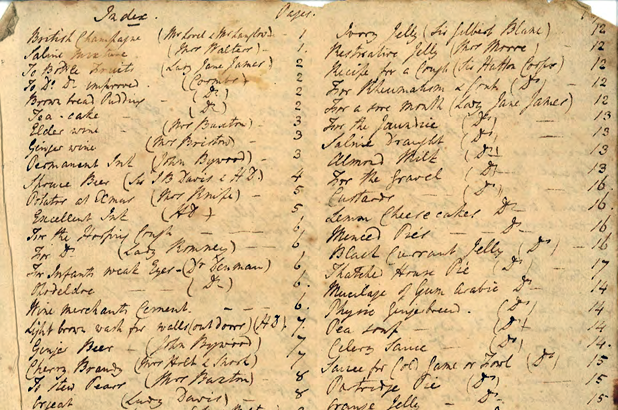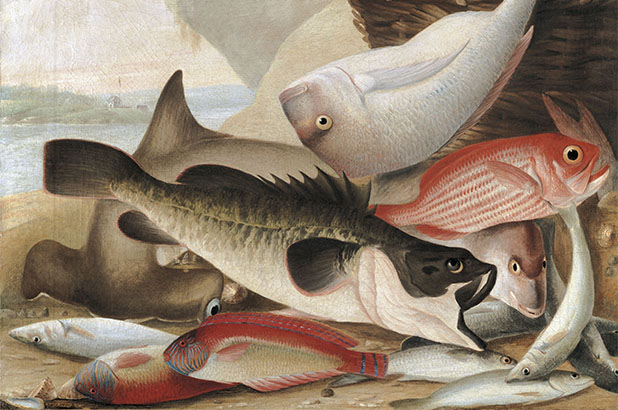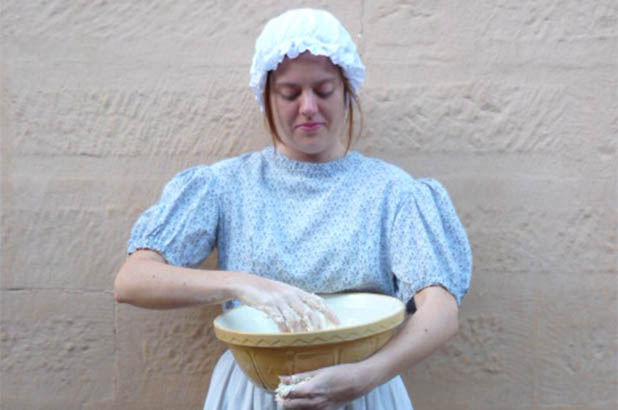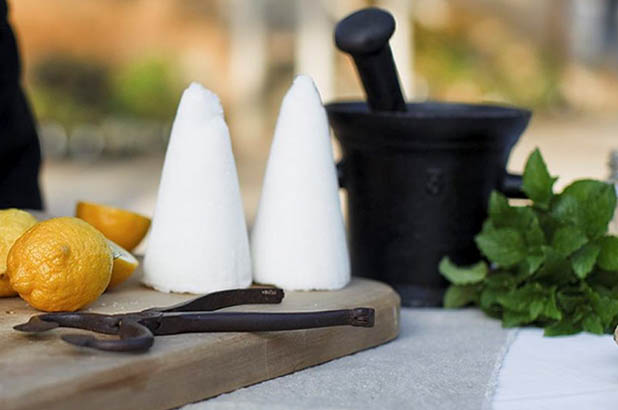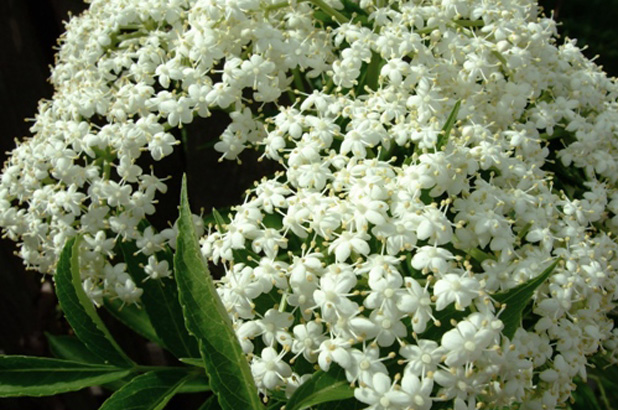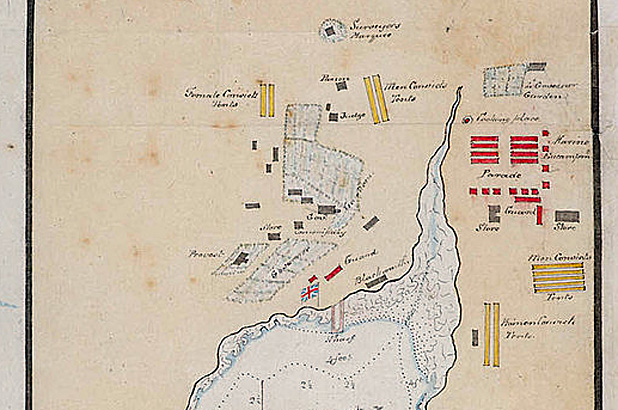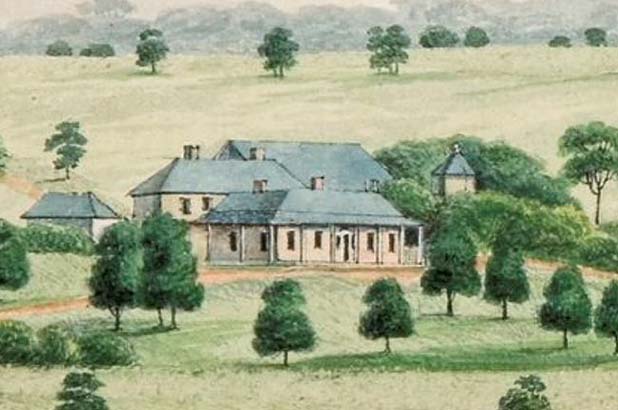A mystery manuscript
For some time now I’ve been following Westminster City Archives’ The Cookbook of Unknown Ladies blog. It explores a manuscript cookery book of unknown origin, thought to have been written between 1760 and the 1820s. A team of volunteers have been experimenting with the recipes and researching their relevance in the Georgian and Regency England. It is an interesting project in itself, and I’m very excited by it, as we too, have a ‘mystery’ manuscript cookbook from the 1830s in our collection. Continue reading
